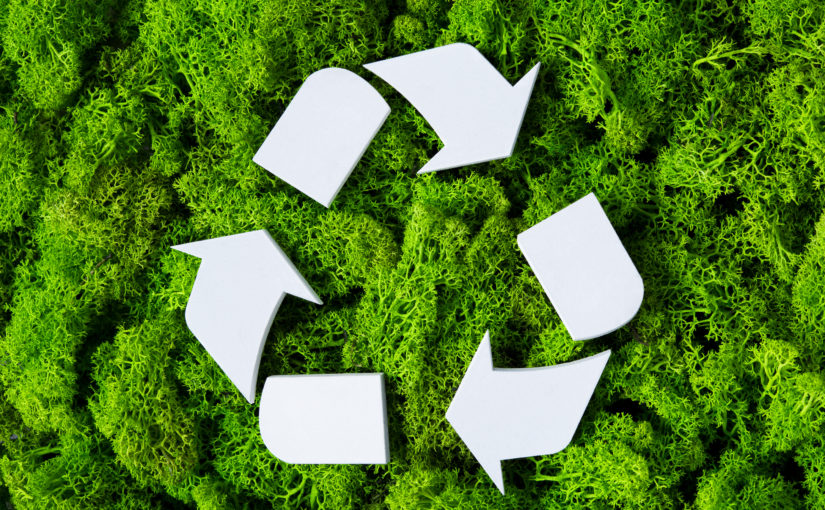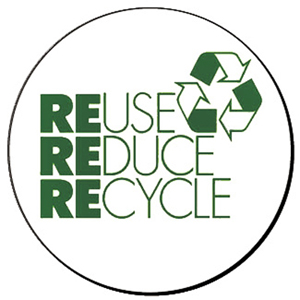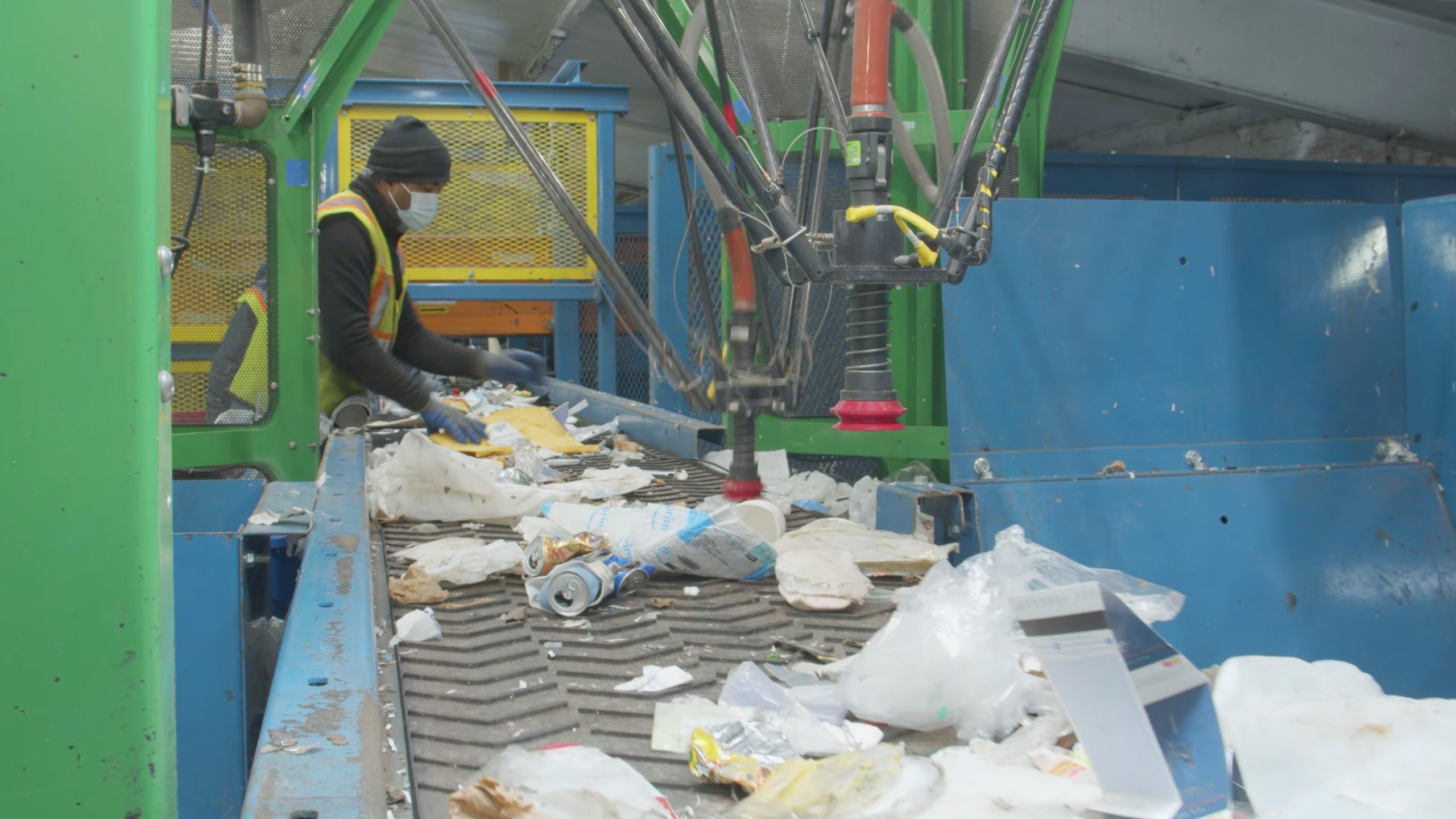Exactly How Recycling Lives Services Help Reduce Environmental Footprints
Exactly How Recycling Lives Services Help Reduce Environmental Footprints
Blog Article
Exploring Different Kinds Of Waste in Modern Waste Administration Solution
The contemporary landscape of waste administration entails navigating a complex range of waste kinds, each calling for specialized handling and disposal approaches to alleviate ecological impacts. Metropolitan strong waste, contaminated materials, electronic waste, and organic waste each present distinctive difficulties and possibilities for source recovery. Cutting-edge services such as smart waste bins and waste-to-energy innovations are emerging as crucial devices in boosting performance and sustainability. Understanding these waste kinds is crucial for fostering public understanding and motivating energetic participation in lasting methods. What methods can efficiently deal with these diverse kinds of waste while promoting a round economic situation?
Metropolitan Strong Waste
Community solid waste, often described as household trash or waste, includes a selection of disposed of products created by domestic, industrial, and institutional resources within a town. This waste stream typically consists of products such as product packaging, food scraps, yard trimmings, paper, plastics, fabrics, and disposed of house goods. The management of community strong waste is a crucial element of city planning and public health, demanding efficient collection, transport, and disposal systems.
Reliable waste administration systems are made to lessen ecological effect while maximizing source healing. This often includes a mix of approaches including composting, recycling, and landfilling. Reusing programs target products like paper, glass, metals, and specific plastics, diverting them from garbage dumps and reestablishing them into the production cycle. Composting natural waste, such as food scraps and yard trimmings, not just decreases garbage dump usage however additionally generates important soil changes.
Communities must likewise deal with the economic and logistical obstacles connected with waste administration. Applying pay-as-you-throw systems, enhancing public recognition, and purchasing technology can significantly boost waste diversion rates. By integrating these practices, communities can foster lasting areas, decrease greenhouse gas exhausts, and conserve natural deposits.
Contaminated Materials

Effective harmful waste monitoring involves numerous important actions: recognition, disposal, segregation, and therapy. Recognition requires the category of waste based upon its dangerous residential properties. Partition makes certain that hazardous products are saved individually from non-hazardous waste to prevent cross-contamination. Treatment approaches, such as chemical neutralization, incineration, and stabilization, are utilized to reduce the toxicity, volume, or flexibility of the waste. Disposal alternatives, consisting of secure garbage dumps and underground storage, are selected to make sure long-term containment.
Regulatory frameworks, such as the Resource Preservation and Healing Act (RCRA) in the USA, give standards and standards for dangerous waste management. Adherence to these guidelines, coupled with advancements in waste treatment technologies, is vital in mitigating the risks associated with contaminated materials.
Digital Waste
Digital waste, frequently described as e-waste, stands for a rapidly expanding difficulty in waste management systems internationally. This type of waste includes discarded electronic gadgets and equipment such as mobile phones, computers, televisions, and various other electronic devices. The rapid rate of technological advancement, paired with decreasing product life expectancies and customer demand for the most recent devices, has significantly enhanced the quantity of e-waste generated annually.
E-waste is especially troublesome due to its complicated structure, typically having hazardous compounds like lead, cadmium, and mercury, which pose considerable environmental and health dangers otherwise appropriately handled. On the other hand, e-waste additionally contains valuable materials such as silver, copper, and gold, which can be recovered and reused. Check This Out The double nature of e-waste-- both beneficial and dangerous-- demands customized handling, recycling, and disposal processes.
Reliable e-waste administration entails strict governing structures, durable collection systems, and progressed recycling technologies. Public recognition and involvement are critical, as incorrect disposal methods, such as illegal unloading and casual recycling, aggravate ecological contamination and carcinogen. Enhancing e-waste administration practices is important for reducing ecological effect and recovering useful resources in a progressively digital world.

Organic Waste
Organic waste, comprising cooking area scraps, yard trimmings, and farming deposits, represents a significant part of the international waste stream. This kind of waste is eco-friendly, meaning it can be damaged down address by microbes into less complex organic substances. Regardless of its capacity for all-natural disintegration, inappropriate management of organic waste can cause unfavorable ecological influences, including the discharge of greenhouse gases such as methane, which add to climate modification.
Efficient management of natural waste is critical for decreasing these ecological influences (recycling lives services). Composting is an extensively taken on method, transforming organic waste into nutrient-rich garden compost that can improve soil health and agricultural efficiency. In addition, anaerobic digestion is an arising innovation that converts natural waste right into biogas, a sustainable energy resource, and digestate, which can be used as fertilizer
Municipalities and waste administration entities should implement durable organic waste collection and therapy programs to maximize the advantages of these processes. Public education and learning campaigns can likewise play an essential duty in encouraging households and businesses to separate natural waste from other kinds of waste. By focusing on the management of natural waste, societies can reduce land fill usage, reduced greenhouse gas discharges, and develop useful byproducts for agricultural usage.

Innovative Waste Management
In the realm of waste management, ingenious methodologies are changing exactly how societies manage their refuse, going for sustainability and effectiveness. These developments encompass an array of innovations and methods that enhance recycling rates, reduce land fill dependence, and reduced environmental effect. One famous development is the execution of smart waste bins outfitted with sensors that keep an eye on fill levels and maximize More about the author collection routes. This not just lowers fuel usage but additionally minimizes greenhouse gas discharges.
One more noteworthy development is the fostering of waste-to-energy (WtE) technologies. By converting non-recyclable waste right into useful energy with processes such as incineration and anaerobic digestion, WtE reduces garbage dump problem and gives a renewable resource resource. Additionally, improvements in chemical recycling permit for the malfunction of complex plastics right into their initial monomers, allowing the production of new, top notch plastic items.
Moreover, the round economic situation version is getting grip, emphasizing the style of items and systems that prioritize reusability and resource performance. This alternative method urges sectors to minimize waste generation from the beginning. Through these innovative techniques, contemporary waste administration systems are not only resolving the immediate difficulties of garbage disposal however additionally leading the way for a more sustainable future.
Verdict
An extensive understanding of metropolitan solid waste, contaminated materials, digital waste, and natural waste, paired with the application of cutting-edge waste administration remedies, is vital for mitigating environmental effects. Integrating innovations such as clever waste containers and waste-to-energy systems can improve effectiveness and sustainability. Efficient waste monitoring strategies not only foster resource recovery but likewise advertise public recognition and engagement, inevitably adding to the growth of a circular economic situation.
The modern landscape of waste administration involves navigating a complicated selection of waste kinds, each calling for specialized handling and disposal approaches to mitigate ecological impacts. Municipal strong waste, unsafe waste, electronic waste, and organic waste each present distinct difficulties and possibilities for source recovery.Electronic waste, frequently referred to as e-waste, stands for a rapidly expanding difficulty in waste administration systems internationally. With these innovative strategies, contemporary waste management systems are not only attending to the instant challenges of waste disposal yet likewise paving the method for a more sustainable future.
A comprehensive understanding of community solid waste, hazardous waste, digital waste, and natural waste, coupled with the implementation of cutting-edge waste administration services, is vital for mitigating ecological influences. (recycling lives services)
Report this page